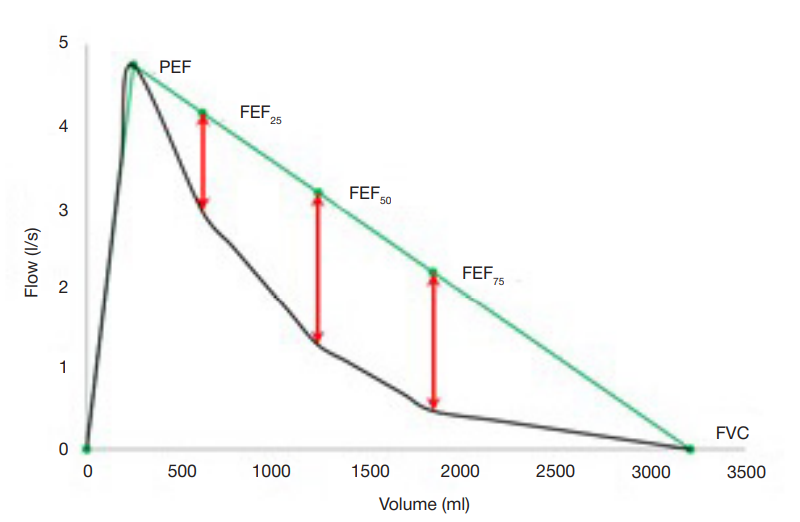
ISSN Print 2500–1094
ISSN Online 2542–1204
BIOMEDICAL JOURNAL OF PIROGOV UNIVERSITY (MOSCOW, RUSSIA)

Pirogov Russian National Research Medical University, Moscow, Russia
Correspondence should be addressed: Elena M. Desyatskova
Ostrovityanova, 1, Moscow, 117997, Russia; moc.liamg@tasedaneleinap
Acknowledgements: the authors thank Tatiana D. Bolshakova for the help in translating this paper.


